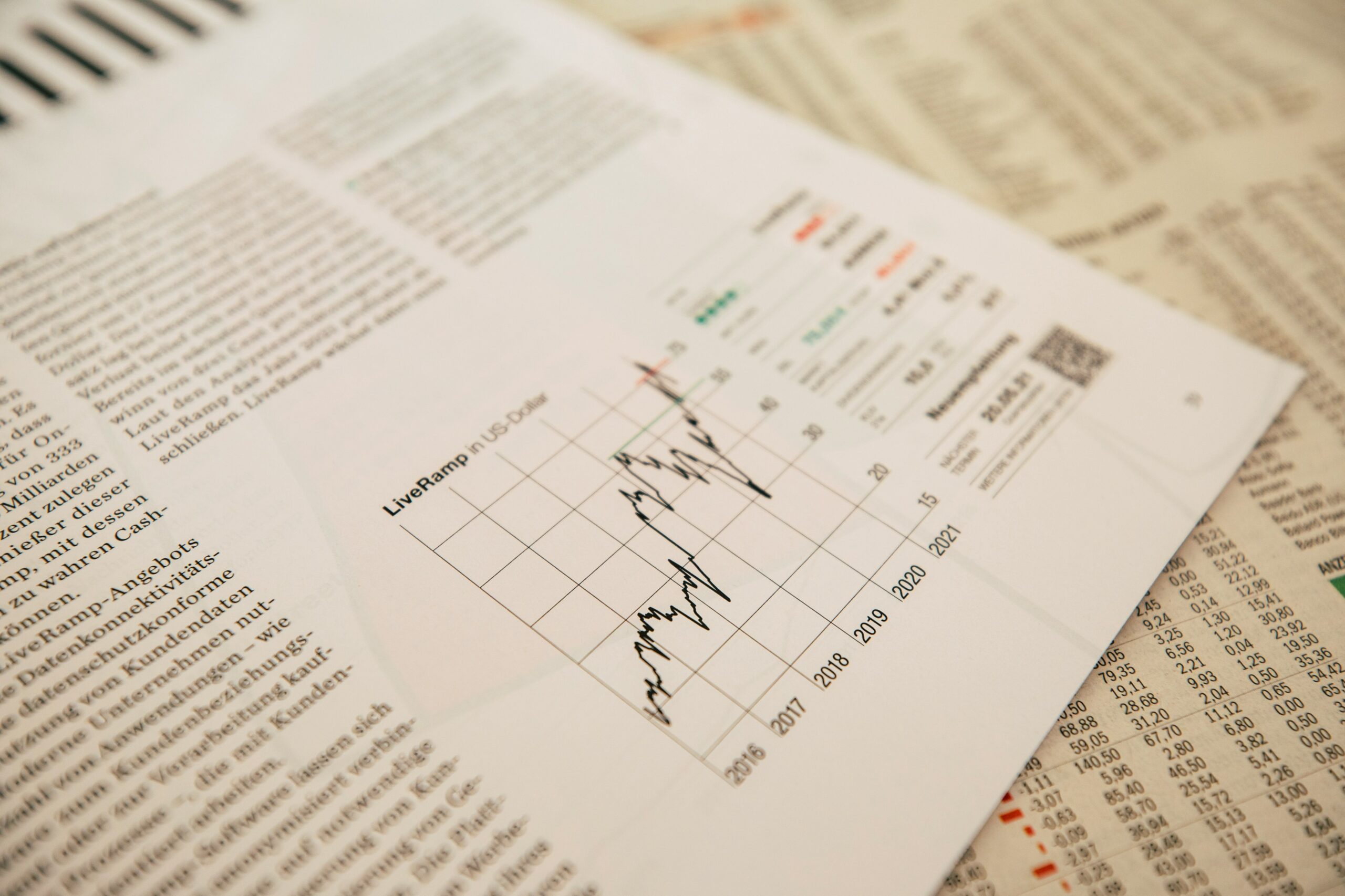By Ben Casselman
Economic growth softened in the first half of the year, as tariffs and uncertainty upended business plans and scrambled consumers’ spending decisions.
Gross domestic product, adjusted for inflation, increased at a 3 percent annual rate in the second quarter, the Commerce Department said on Wednesday. That topped forecasters’ expectations and appeared to represent a strong rebound from the first three months of the year, when output contracted at a 0.5 percent rate.
But both those figures were skewed — in opposite directions — by big swings in trade and inventories caused by President Trump’s ever-shifting tariff policies. Taken as a whole, the data from the first six months of the year tell a more consistent story of anemic, though positive, economic growth.
Many forecasters expect a further deterioration in the months ahead, as tariffs work their way through supply chains, federal job cuts filter through the economy and stricter immigration policies take a toll on industries that rely on foreign-born workers.
“We don’t think we’ve seen the full effects from tariffs yet,” said Michael Gapen, chief U.S. economist for Morgan Stanley. “I don’t see how we power through without a soft patch at least for a little while.”
But the economy has repeatedly defied such gloomy predictions in recent years, and some forecasters believe it could do so again. Unemployment remains low, measures of consumer confidence have rebounded and tariffs have so far done little to push up prices overall. The tax-and-spending bill passed by Congress this month could also provide a short-term boost to economic activity, although many budget experts have warned that it could pose a long-term risk by adding trillions to the federal debt.
“We’re going to look back and either say, ‘Wow, the economy was super resilient and these things didn’t matter as much as we thought they would,’ or we’re going to say, ‘Yeah, you could kind of feel it was weakening,’” said Louise Sheiner, an economist at the Brookings Institution. “I think we just don’t know.”
Officials at the Federal Reserve will be weighing those dueling narratives at their meeting on Wednesday. They are widely expected to hold interest rates steady, but a flood of economic data this week could help decide whether and when they will cut rates again.
Mr. Trump on Wednesday seized on the G.D.P. data to renew his demand that the Fed lower rates. In a social media post, he said that the report was “WAY BETTER THAN EXPECTED!” and that Jerome H. Powell, the Fed chair, “MUST NOW LOWER THE RATE.”
“Let people buy, and refinance, their homes!” Mr. Trump wrote.
The data released on Wednesday included evidence to support both sides of the debate.
Consumer spending, the bedrock of the U.S. economy, grew at a 1.4 percent annual rate in the second quarter. That was an acceleration from the 0.5 percent rate in the beginning of the year, but well below the 2.8 percent growth in spending in 2024. That could be a sign that consumers, whose resilience has helped keep growth on track during a tumultuous economic period, are finally showing signs of strain.
High interest rates also continue to weigh on the housing sector, which contracted for the second straight quarter. And inflation continues to cool: Consumer prices rose at a 2.1 percent rate in the second quarter, barely above the Fed’s long-term target of 2 percent.
If consumers continue to pull back and inflation remains tame, that could lead the Fed to restart rate cuts in the fall, especially if the labor market shows signs of weakening. But the data on Wednesday also included hints of why some policymakers remain cautious.
After-tax incomes, adjusted for inflation, grew at a 3 percent rate, suggesting the strong job market could allow consumers to keep spending. And “core” consumer prices, excluding volatile food and energy categories, rose at a 2.5 percent rate, even without much effect from tariffs.
Spending data for June, which will be released on Thursday, could give a clearer picture of how consumers are responding to the mixed economic signals. Aditya Bhave, an economist at Bank of America, said he will be paying particular attention to spending on discretionary services, such as air travel and hotel stays, for signs of whether consumers are pulling back or powering ahead.
“I really think about discretionary services as the canary in the coal mine,” Mr. Bhave said.
The big swing in the overall G.D.P. figures between the first and second quarters paints a misleading picture of the economy. That is because of the unusual patterns in trade and spending caused by Mr. Trump’s tariff policies, and by the confusing way that economic activity is measured.
When Mr. Trump returned to office, businesses and consumers anticipated that tariff rates would rise and rushed to stock up on foreign goods and materials before new duties took effect. That resulted in a surge in imports at the start of the year. That pattern reversed in the second quarter because many companies had already imported the goods they needed.
Big swings in imports can result in confusing G.D.P. numbers because imports, in principle, shouldn’t be counted in the figures at all.
G.D.P., as the name suggests, is meant to measure only goods produced domestically. But rather than measure production directly, the government counts all the goods and services sold in the country, and then subtracts the ones that were made overseas. (It also adds in exports, which are produced domestically but sold to foreign buyers.)
That means that, in theory, imports should be offset elsewhere in the data, either showing up as spending or as unsold products held in inventory. Spending and inventories are both counted as part of G.D.P.
In practice, though, the government is good at counting both imports and consumer spending, but often must rely on rough estimates for inventories, especially in preliminary data. The G.D.P. figures showed that imports subtracted nearly five percentage points from G.D.P. growth in the first quarter, then added more than five points in the second. Shifts in inventories offset those swings, but only partly, adding a bit less than three points to first-quarter growth and subtracting a bit more than three points to the second quarter.
Many economists expect the data to be revised in the coming months to show bigger moves in inventories to more fully cancel out the swings in imports. That would result in less volatility in the quarterly G.D.P. figures.
Measures of underlying activity, which remove the volatile trade and inventory components, show that growth slowed sharply in the first quarter, then weakened further in the second.
“Headline numbers are hiding the economy’s true performance, which is slowing as tariffs take a bite out of activity,” Kathy Bostjancic, chief economist for the insurer Nationwide, wrote in a note to clients.
The second-quarter figures will be revised at least twice in coming months as more complete data becomes available. Those revisions could be significant: Many economists initially dismissed the contraction in G.D.P. in the first quarter because consumer spending was solid and measures of underlying growth were strong. But subsequent updates made the first quarter look significantly weaker than the preliminary data had suggested.


